
How do I know if Soundsory is the right program for me or my child? The short and sweet answer is YES. If you or your child struggles with any type of activities related to movement or has difficulty with motor skills, then YES Soundsory is the right program for you.
Ready to read the checklist?
If you have done some research already you will see that Soundsory is a program that stimulates the “vestibule” part of your ear specifically. But what does that mean?
We are going to look at the most important things this system does when it is working properly:
- BALANCE:
This is really important for all of our movements in our daily lives. Without this, we would not be able to do things like walk, sit up, or rollover. We wouldn’t be able to walk over uneven surfaces or maintain our balance when something moves underneath us.
- POSTURE:
Postural control is something that we all use constantly throughout our day. When it is working well it means our vestibular system is functioning well and communicating with our muscles, so for example we can sit in our chair, then bend down to pick something up without falling out of our chair. We are always, constantly making small postural adjustments simply reaching and passing the salt across the table without falling down is a function of postural control. We can throw a ball with our arm and not lose our balance or move our whole body. We can twist, turn, and move our bodies in a variety of ways when our vestibular system is working well!
- SPATIAL ORIENTATION:
How do we know where our bodies are in space? How do we know if we are standing, sitting up, or lying down? Are we moving forward, backward, sideways, up, or down? The vestibular system is also letting us know how fast we are moving or how slow. It constantly sends this information to our brain to let us know where we are, are we off the ground or on the ground.
- EYE MOVEMENTS:
Our vestibular systems constantly communicate with the muscles of our eyes so that we can look in the direction that we want to look. It is how we can look up at the board or teacher and then back to our desks, or over at the clock and then back to our computers without getting dizzy. It is how we can keep a stable visual field even when moving.
- ALERTNESS:
Did you know our vestibular system is strongly involved in our level of alertness and ability to pay attention? Think about when you are trying to put a baby to sleep, slow rhythmic vestibular movements help decrease arousal, attention, and focus. Then think about the last time you were in an all-day training, those coffee breaks that allowed you to move, and re-energize your system so that you were able to pay attention the rest of the morning were super important..
Here’s a checklist to get you thinking about the different areas that might be affected as a result of a poorly processing vestibular system. This will help you decide if Soundsory is the right program for you.
BALANCE/MOVEMENT
- Struggle with balance activities?
- Have difficulty standing on one foot?
- Get dizzy easily?
- Avoid moving?
- Dislike being picked up or moved?
- Seem sensitive to movement?
- Get motion sickness easily?
- Indicate fear of stairs, hills, heights, swinging, or activities requiring balance?
- Have poor balance in everyday tasks?
- Show more distress than typical when riding elevators, escalators, or moving through revolving doors?
POSTURE:
- Have difficulty sitting up in a chair?
- Does the teacher tell you to lift your head off the desk?
- Have difficulty throwing a ball?
- Have poor endurance for standing and/or sitting posture
- Have low muscle tone that is not a result of disease or damage to the brain such as stroke, head injury, or cerebral palsy?
- Appear loose or floppy?
- Prefers “W” Sit?
- Tire easily?
- Drool beyond developmental norms?
GROSS MOTOR:
- Often seem clumsy?
- Bump into things a lot?
- Use extraneous movements when doing physical activities?
- Have a poor sense of rhythm?
- Have trouble catching and throwing?
- Have difficulty learning new motor tasks?
- Look awkward or clumsy while moving (crawling, dressing, jumping, running, skipping) compared to peers?
SPATIAL ORIENTATION:
- Confuse right and left?
- Appear unaware of personal space?
- Have difficulty navigating environments
- Have a poor sense of orientation
OCULAR MOTOR:
- Have difficulty maintaining eye contact or have poor eye contact?
- Have difficulty keeping eyes on still objects?
- Have difficulty following a moving object smoothly with eyes?
- Often squint, rub eyes, or have headaches or watery eyes after sustained eye focus?
- Orient drawings poorly on-page?
- Have difficulty locating objects around the room?
- Tend to look at objects out of the corner of your eye or tilt your head when looking at something?
FINE MOTOR:
- Hold utensils awkwardly or with difficulty (fork or spoon) or drop frequently compared to other same-aged children?
- Move tongue or mouth excessively when working with hands?
- Have difficulty with or avoid drawing, coloring, copying, or cutting?
- Switch hands frequently for fine motor tasks?
- Have trouble using both hands together for fine motor manipulation compared to peers?
- Difficult tying shoe laces?
- Have poor handwriting?
- Difficulty manipulating buttons, zippers, open or close doors?
- Difficulty opening/closing containers, plastic bags, lunch items?
AROUSAL:
- Have difficulty organizing or structuring activities?
- Require more verbal cueing to complete age-appropriate tasks than other children?
- Become upset by transitions or unexpected changes?
- Appear uninterested with group/social activities or tend to withdraw from others?
- Exhibit marked mood variations, tendency to outburst, or high frustration- seem stubborn or uncooperative?
- Seem to have a short attention span compared to same-aged children
- Lack of concentration, tendency to be easily distracted
If you have ticked "yes" 2+ any of the questions above or have noticed other “motor” tasks that are particularly challenging for you or your child, then Soundsory is a great program for you.
Soundsory helps the vestibular system work more efficiently so that you are less afraid of movement, more tuned in to your body and what your body is doing, have an easier time sitting up against gravity and using your body on a day-to-day basis!
It is easy to use, requires less than 30 minutes a day of listening, and can be easily implemented into your daily routine. All you have to do is turn on your headsets, find the day you are on, and push play.
You can do the 50+ recommended exercises with the various pieces of music, add your own exercises, try skills that you have been working on, or just listen to the program. Once you start to listen to the music with its various rhythms and tempos, it will make you want to move!
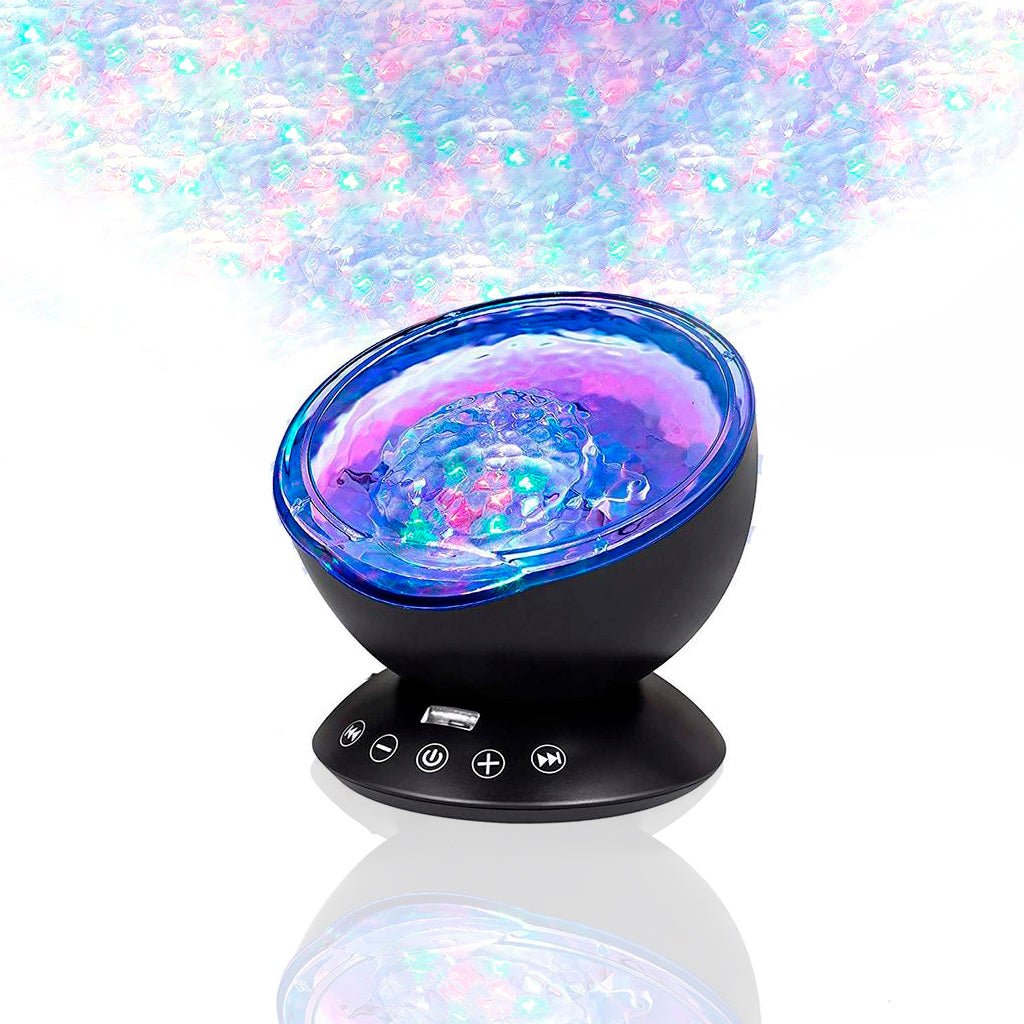
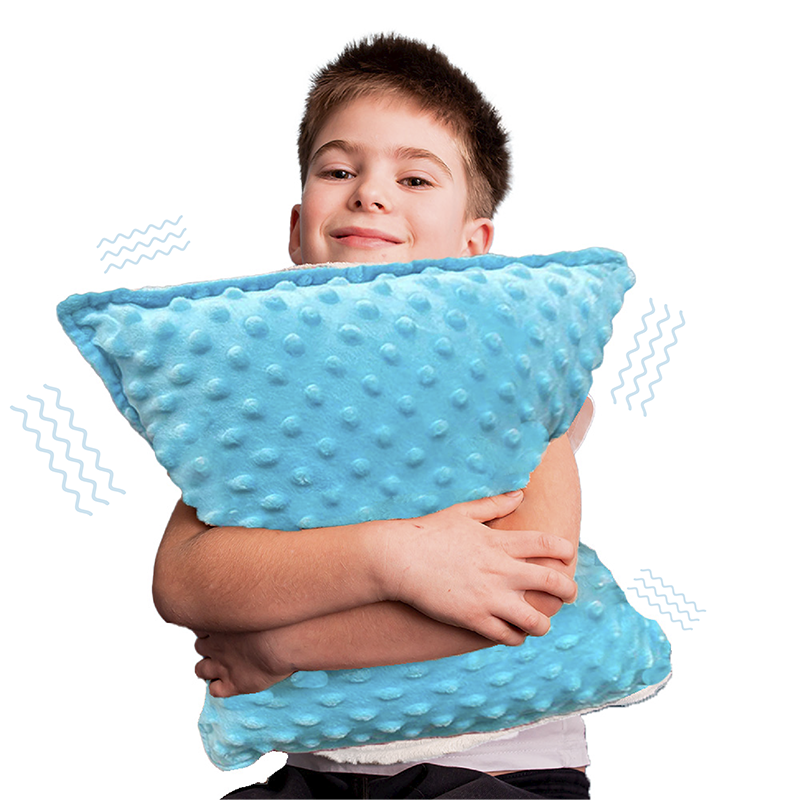
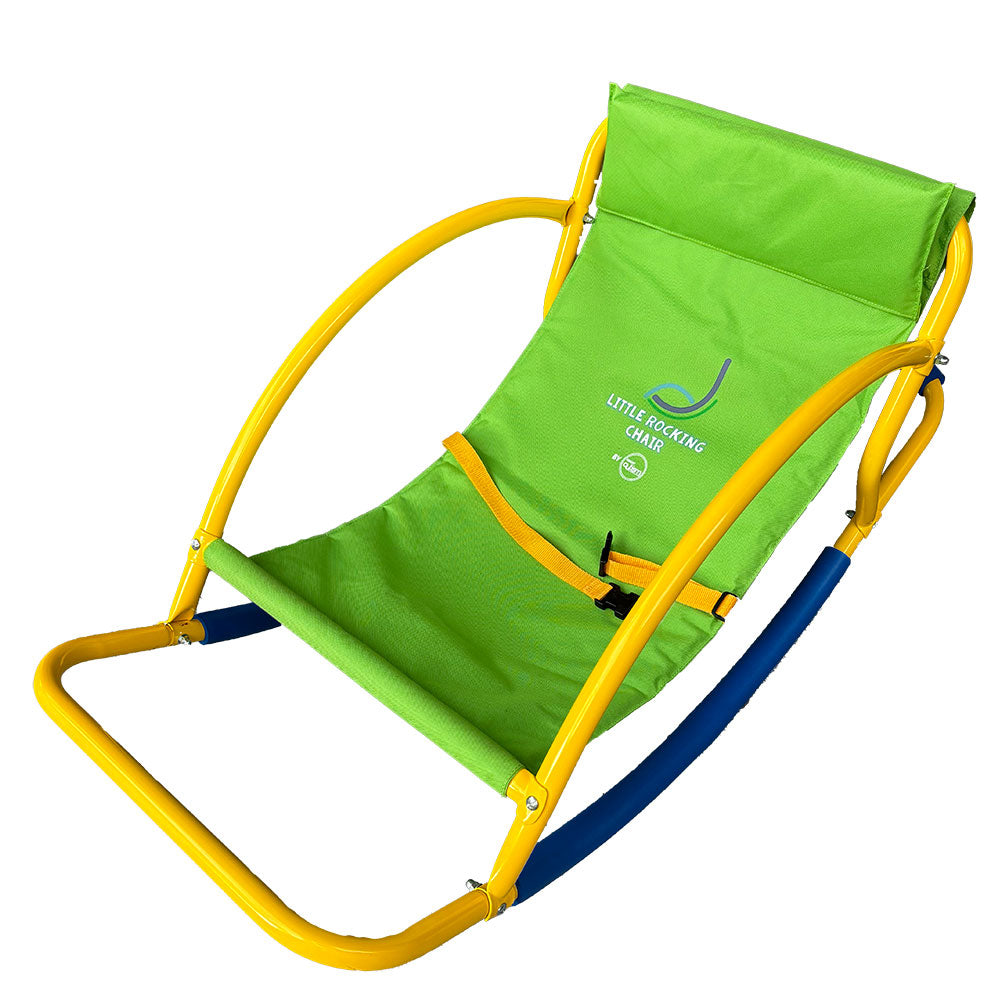
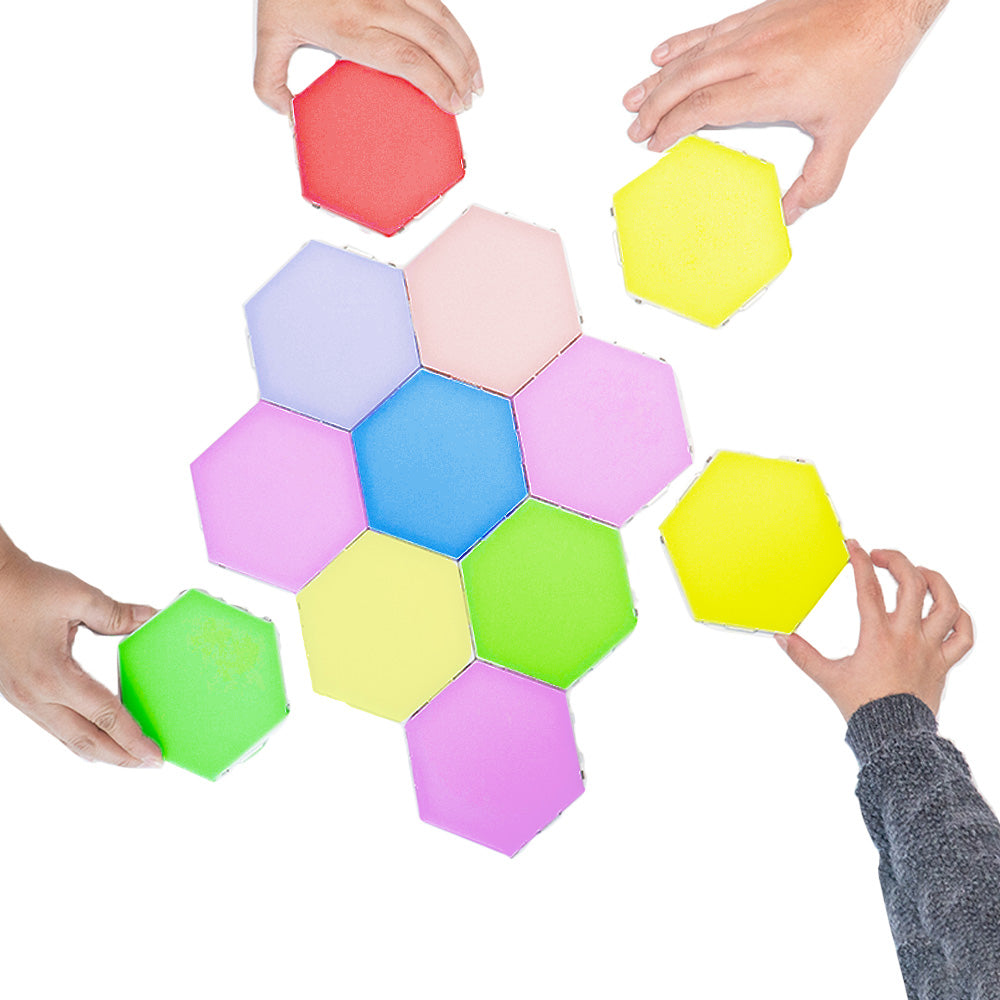
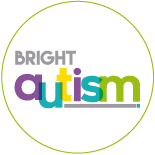










Leave a comment